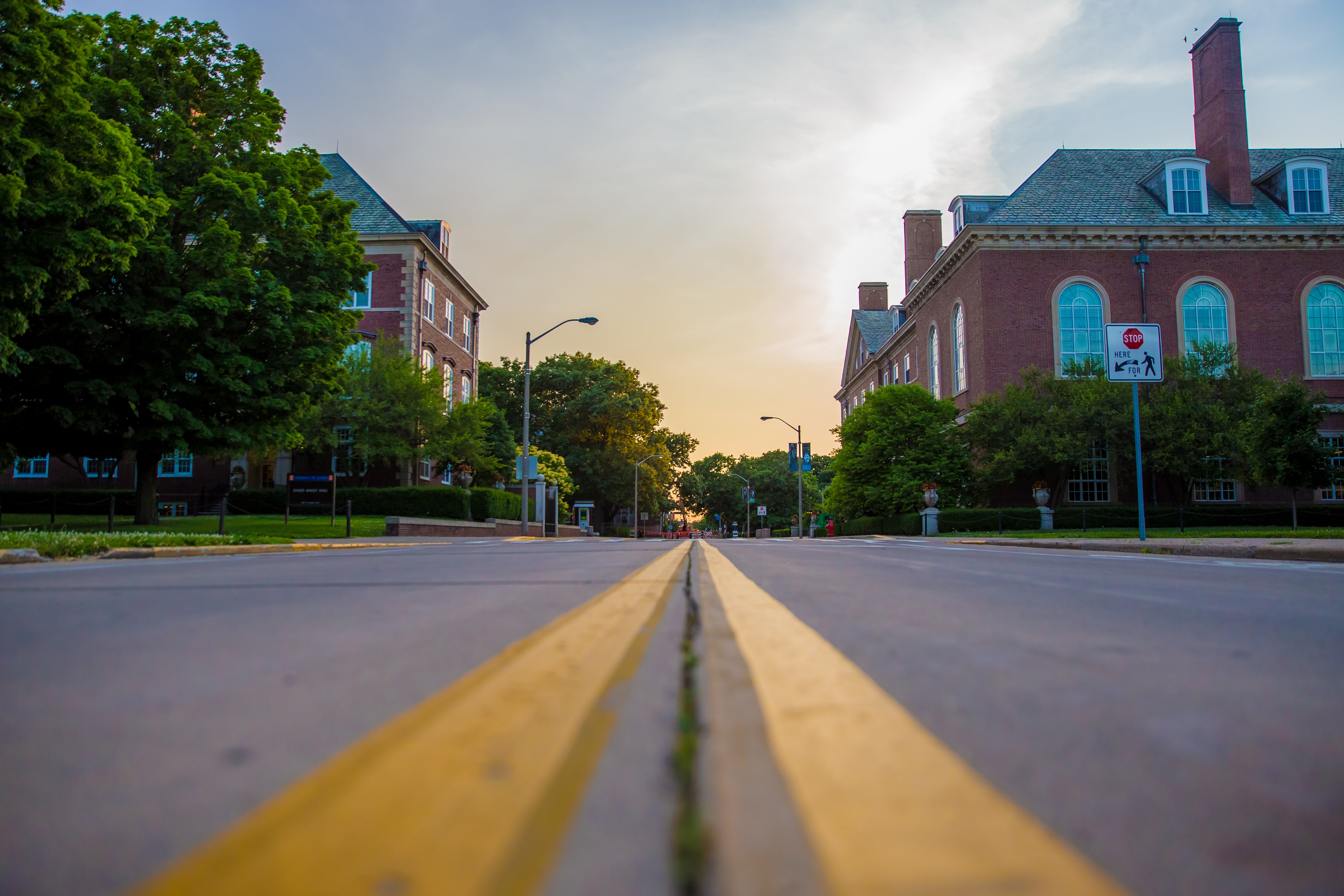Previous installments of the Demographic Data Project have illustrated how people’s experiences of homelessness can vary based on WHO they are: their race, gender, and gender identity. But in the latest installment, we add a new layer on analysis: a person’s experiences of homelessness are also different based on WHERE you are.
The final installment of the Demographic Data Project examines and compares these geographic areas. For the basis of this analysis, we use HUD’s Annual Homeless Assessment Report (AHAR), which divides the country into categories that include rural, suburban, major cities, and other urban.
Rural
Racial and gender disparities exist in all geographic areas. However, they are the least pronounced in rural communities. Group representation within homelessness most closely resembles group representation within the general population. There are many White Americans in rural regions—thus, there are many White Americans experiencing homelessness. Compared to the other geographic categories, rural areas have the highest number of White people experiencing homelessness.
Hispanic/Latinx homelessness also stands out. The group is overrepresented in rural and suburban areas despite being underrepresented every place else. Hispanics/Latinxs are also most likely to be unsheltered in rural America. This data points to a need for further research on why these disparities exist and how to rectify them.
Major Cities
Racial disparities help to define homelessness in major cities. White Americans are vastly underrepresented. And African Americans are the exact opposite, being vastly overrepresented. In these highly populated areas, issues of race are intertwined with high housing costs and significant income inequality. Understanding and grappling with this dynamic will help major cities reduce disparities and end homelessness.
Another interesting factor defines these areas. While many Black people access shelters, others are much less like to enter these facilities. They include White people, Asians, and American Indians. This raises certain questions about the nature of service delivery. For instance, are shelters in largely Black neighborhoods and how does that impact usage? Are outreach efforts tilted towards avenues reaching Black people? Are non-Black people avoiding shelter and other services because they associate them with Black people? Answering these next-step questions could help shape service delivery.
Other Urban
Other urban areas have the lowest unsheltered rates. People are more likely to be unsheltered in rural, suburban, and major city communities. This is true for every racial group, men, women, and people in families. It may be useful to examine the strengths of these communities. Do they have qualities that should be enhanced in other geographic areas?
Suburban
We note these communities tend not to stand out in any significant way.
Moving Forward
What we have learned from the Demographic Data Project is that people experience homelessness differently based on a number of demographic factors: their race, their gender, their gender identity, and where they live. But that can’t be where the discussion ends.
This work should generate a host of new questions to be explored by service providers and researchers. Further answers can and should inform better practices and policies for ending homelessness.

